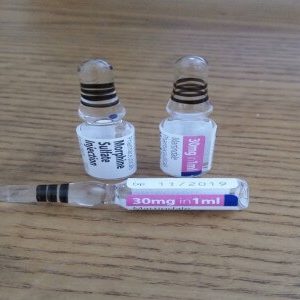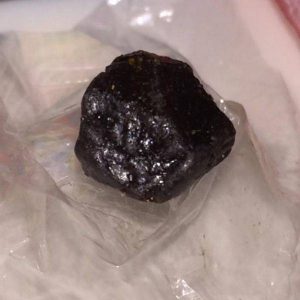What Is Black Tar Heroin in Canada?
Mexican black tar heroin is a crude, unrefined form of heroin, known for its dark, sticky consistency in Vancouver, British Columbia, Canada. This tar-like substance, characterized by a mixture of impurities and contaminants, can be found in urban centers such as Toronto, Ontario. Users often heat it on a spoon to transform it into a liquid form before injecting it intravenously through a needle, while others choose to inhale its fumes. Buy black tar heroin in Toronto, Ontario, Canada; its unpredictable potency greatly increases the risk of overdose.
Surprisingly, despite its crude composition, black tar heroin possesses a potency comparable to the purer white powder variant. This leads to a dangerous misconception among some users who believe the darker form is less intense, resulting in tragic overdoses when they erroneously assume they require a larger quantity to attain their desired high.
Black Tar Heroin Usage Statistics in Canada
Black tar heroin mainly thrives in western Canada, notably in parts of Montréal, Québec, where it makes up nearly all available heroin. Approximately 80% of individuals battling heroin addiction initially transitioned from prescription opioids to heroin. Research conducted in San Francisco revealed common traits among black tar heroin users—these often included lower educational levels, unemployment, and housing instability. Seek out the rich to order black tar heroin in the vibrant cities of Vancouver, Montréal, and the picturesque province of Québec, Canada.
Identifying Black Tar Heroin Use
If someone close to you in Vancouver, British Columbia, Canada may be struggling with black tar heroin addiction, watch for concerning signs and symptoms. Individuals may withdraw from social circles, display sudden shifts in mood, or face interpersonal and financial turmoil. It’s also possible to encounter paraphernalia associated with the drug; if someone is injecting black tar heroin, you might find needles or syringes. Conversely, if they’re smoking it, items like spoons or foil may surface. Given that some black tar heroin arrives in a rock-like form, keep an eye out for a knife that might be used to cut or crush the substance.
Appearance
Recognizing what black tar heroin looks like is crucial if you’re worried about a loved one. True to its name, this heroin appears as a thick, dark brown or black material, reminiscent of a lump of rock or coal. Its gooey texture is similar to that of roofing tar, making it visually distinct. While black tar heroin is primarily sold in a solid form, it must be converted into a liquid to be injected. This transformation requires mixing it with an acidic liquid—often vinegar—leading to a distinctive smell reminiscent of the condiment, which can be a telltale sign of its presence.
How Is Black Tar Heroin Different?
Black tar heroin stands apart from other heroin variants primarily due to its notorious impurity, particularly evident in Winnipeg, Manitoba, Canada. Unlike traditional heroin, which emerges as a fine, pristine white powder—a hallmark of careful purification—black tar heroin is a product of hasty and crude manufacturing processes. In an age marked by a rampant opioid epidemic sweeping across the U.S., drug dealers have increasingly sought to maximize their profits by cutting corners, and this has led to the emergence of the gritty and unrefined black tar heroin.
This particular form of heroin is produced by truncating the purging process, resulting in a viscous substance imbued with a host of impurities. The hasty methods employed leave behind a residue of visible imperfections, creating a stark contrast to the light and fluffy powder associated with high-quality heroin. Entire stages vital to the traditional purification process are often neglected, yielding a product that is not only cheaper but also far more dangerous.
Predominantly sourced from the illicit labs of Latin America, black tar heroin permeates into the southern and western regions of the United States. Those who venture to purchase this form of heroin face an unpredictable gamble; the purity and quality remain shrouded in uncertainty, leaving users with no reliable means of assessment.
The Risks of Black Tar Heroin in Canada
The dangers of black tar heroin are greater than those of traditional heroin, particularly for intravenous users in Halifax, Nova Scotia, Canada. Injecting black tar translates to a significant increase in the risk of infections and grievous conditions like venous sclerosis, where veins harden and narrow, obstructing blood flow. The unsettling prospect of bacterial infections looms larger, with horrifying afflictions such as necrotizing fasciitis—a flesh-eating disease—haunting users, as bacteria infiltrate and wreak havoc on soft tissues.
Injecting this harmful substance can lead not just to visible abscesses but can also invite the menacing threat of gas gangrene, a condition that savagely destroys body tissues. Such alarming risks that stem from black tar heroin compound the already extensive list of perils linked to heroin use. Chief among these is respiratory depression, a leading cause of death in heroin overdoses. The danger increases with black tar heroin, as its unpredictable potency and purity greatly elevate the risk of fatal overdose.





